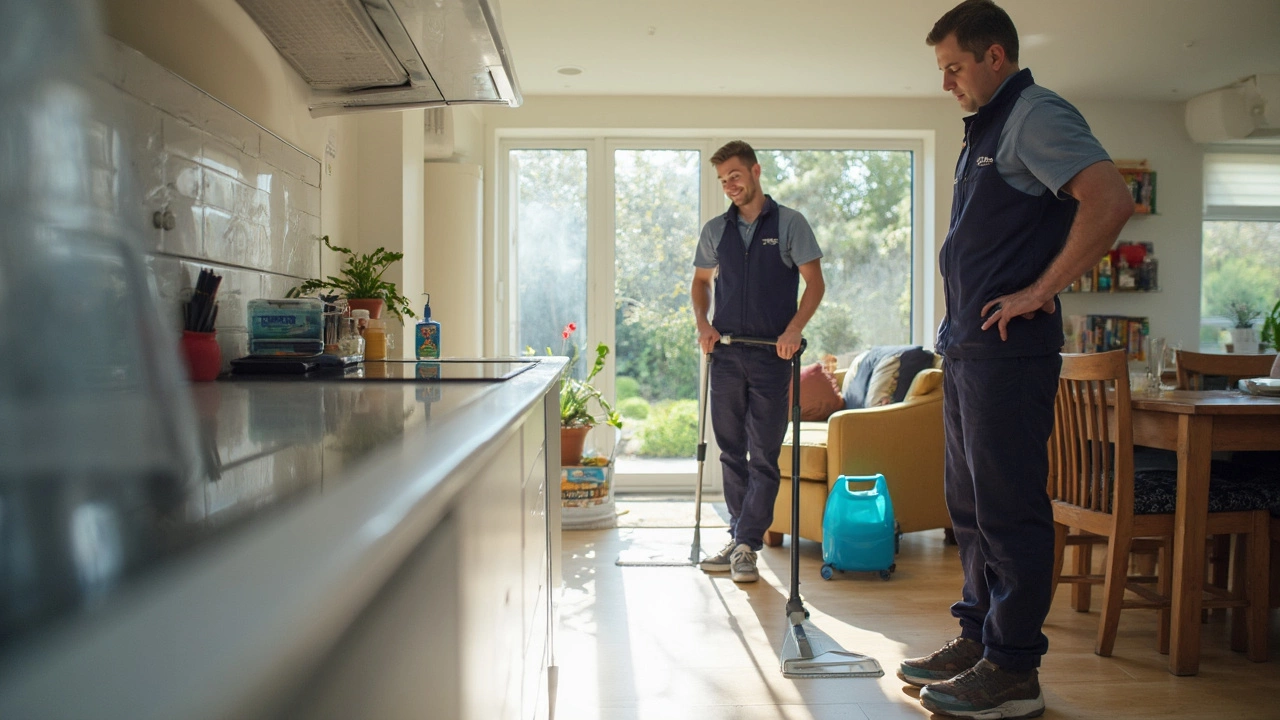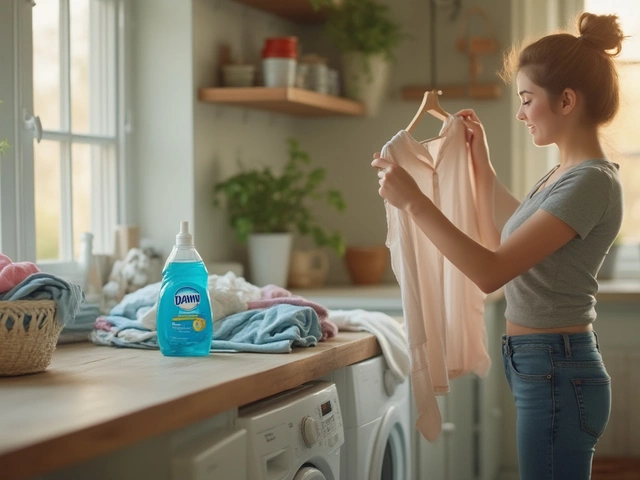Cleaning Costs: What You Need to Know
When working with cleaning costs, the total amount you pay to keep a home or business tidy, covering labour, materials, and equipment. Also known as cleaning expenses, it varies widely based on what you hire and how you do it. Another key term is cleaning service cost, which focuses on the price charged by a professional crew for a visit. You’ll also see professional cleaning rates that break down hourly or flat‑fee structures. For those who prefer to roll up their sleeves, DIY cleaning expenses capture the cost of supplies you buy yourself. Finally, eco‑friendly cleaning costs reflect the price difference when you opt for green products. All these pieces fit together to shape the overall picture of what you’ll spend on keeping spaces spotless.
Key Factors That Shape Cleaning Costs
First off, labour is the biggest driver of cleaning costs. A professional team charges for time spent, skill level, and travel distance. For a standard kitchen clean, you might see a flat fee of £80‑£120, while deep‑cleaning a whole house can climb to £250 or more. Materials also matter; high‑end chemicals or specialised equipment add to the bill, whereas basic soap and cloth are cheap. Frequency is another factor—weekly service drops the per‑visit price compared with a one‑off deep clean because the crew can work faster on a regularly maintained space. Location plays a role too; island residents often pay a bit more due to travel logistics.
When you choose the DIY route, DIY cleaning expenses become your main concern. A bottle of baking soda, a spray of vinegar, and a few reusable cloths might cost under £10 for an entire month's worth of light cleaning. However, tougher jobs like oven restoration or carpet shampooing may require specialised products that push the cost up to £20‑£30 per session. Even though the outlay is lower, you also invest time and physical effort, which many people factor into their personal cost calculations.
Eco‑friendly options add a twist to the budget. Eco‑friendly cleaning costs can be slightly higher because green-certified chemicals often carry a premium. For example, a biodegradable all‑purpose cleaner may be £1.50 per litre versus £0.80 for a conventional brand. On the flip side, many green products are concentrated, meaning you use less per clean, which can offset the higher price over time. Some homeowners also report that eco products work just as well, reducing the need for extra supplies or repeat applications.
Finally, comparing professional cleaning rates with DIY or eco options helps you decide where to allocate money. If you value your time highly, paying a professional might actually save you money in the long run. Conversely, if you enjoy hands‑on projects and have a modest budget, DIY with eco‑friendly supplies can keep costs low while still delivering a clean result. Understanding how labour, materials, frequency, and environmental preferences interact lets you plan a realistic cleaning budget that fits your lifestyle.
Below you’ll find a curated set of articles that break down these topics even further, from step‑by‑step DIY recipes to detailed guides on pricing professional services. Dive in to see real numbers, practical tips, and everything you need to make an informed decision about your cleaning spend.





